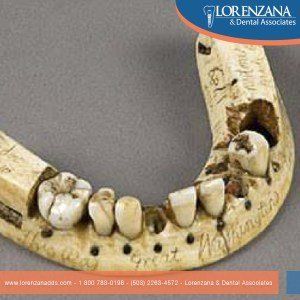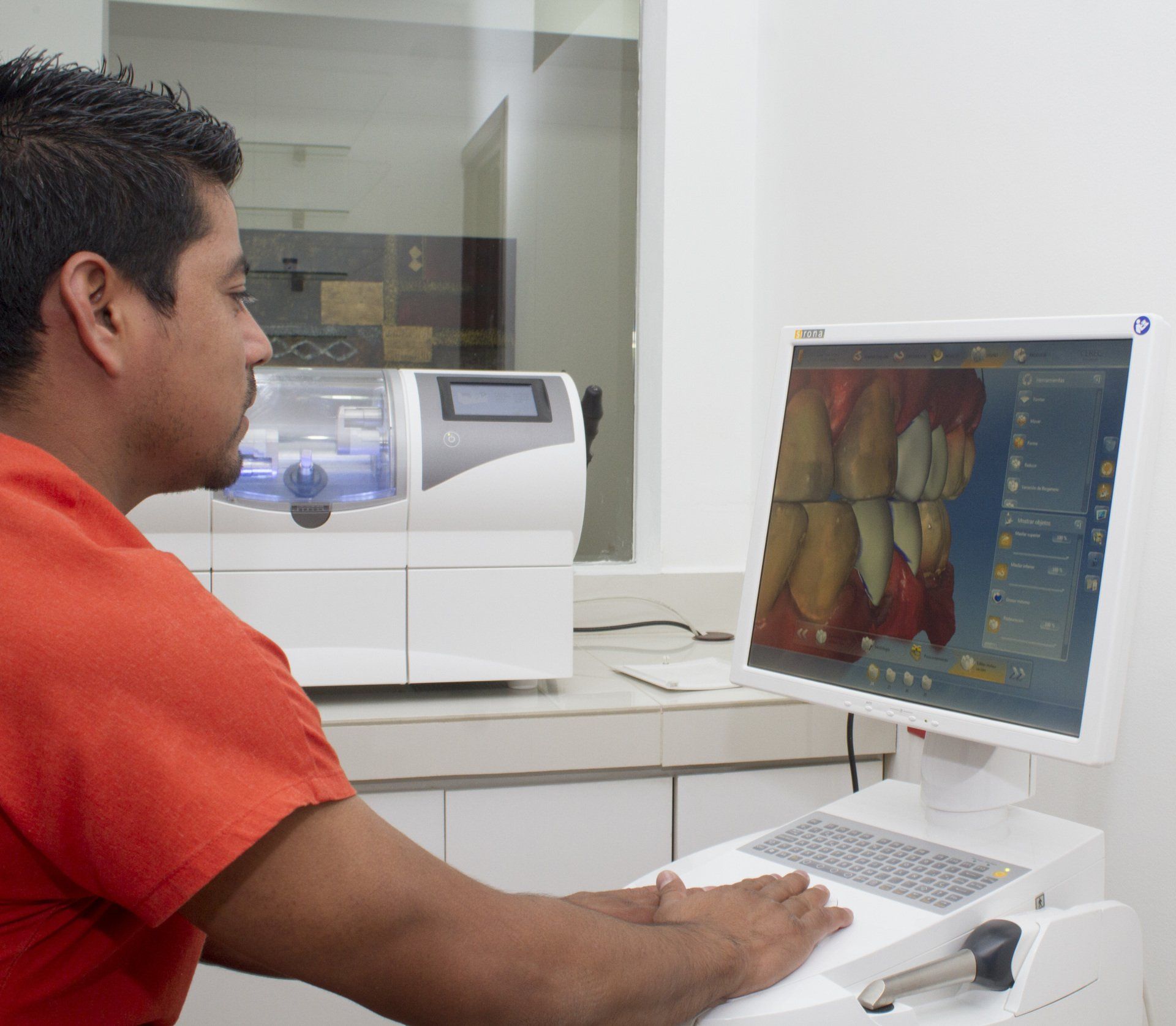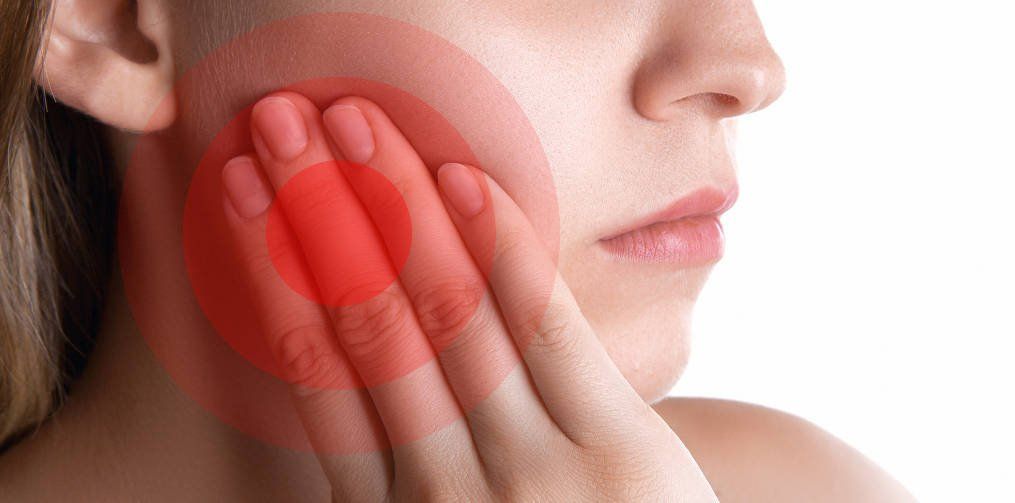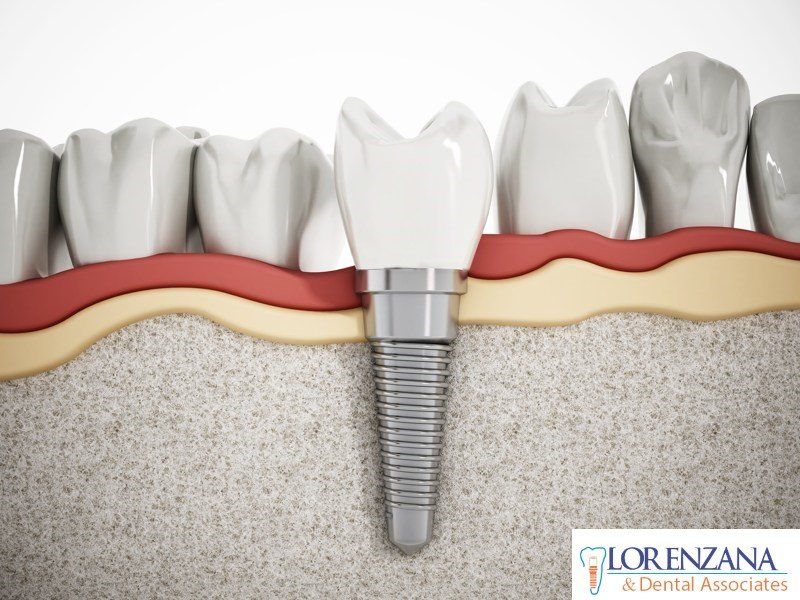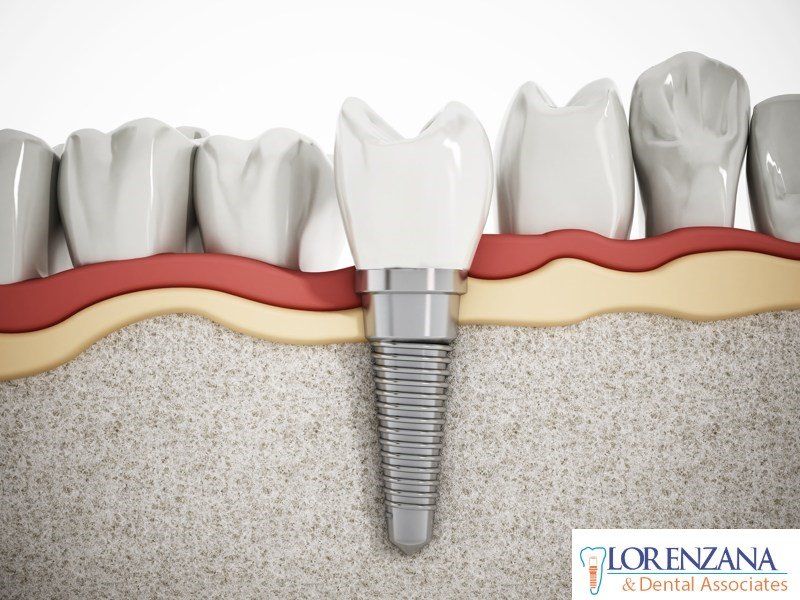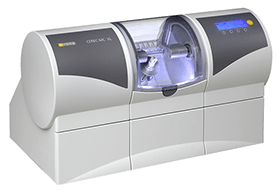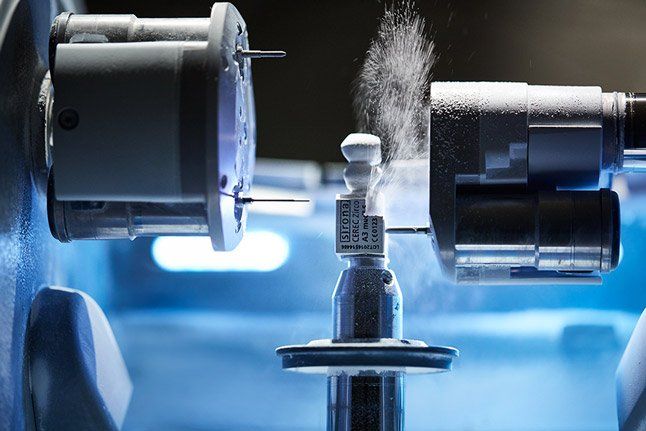Levantamiento de Seno Maxilar

¿Qué Es?
El levantamiento de seno maxilar es una cirugía que agrega hueso a tu maxilar superior en el área de tus molares y premolares. El hueso es agregado entre tu maxilar y tus senos maxilares, los cuales se encuentran a cada lado de tu nariz. A modo de hacer espacio para el hueso, la membrana sinusal necesita ser levantada.
¿Para Qué Se Usa?
Un levantamiento de seno se realiza cuando no hay suficiente altura en el hueso del maxilar, o cuando los senos están demasiado próximos al maxilar, y los implantes dentales no se pueden colocar por tal motivo. Hay varias posibles razones para que esto suceda:
·Muchas personas que han perdido los dientes de su maxilar superior — particularmente los dientes posteriores o molares — no tienen suficiente hueso para que los implantes dentales sean colocados. Una vez se pierde un diente, el hueso en esa área comienza a ser reabsorbido. Si los dientes han estado ausentes por un largo tiempo, con frecuencia no hay suficiente hueso restante para colocar implantes.
·Se pudo haber perdido hueso debido a alguna enfermedad periodontal (de las encías).
·El seno maxilar puede estar demasiado próximo al maxilar superior. La forma y tamaño del seno varía de persona a persona. El seno también puede agrandarse a medida envejeces.
¿Cómo Se Hace?
Tu cirujano hará una incisión y levantará la encía donde tus dientes posteriores solían estar, exponiendo el hueso. Se hace un pequeño agujero ovalado en el hueso. La membrana que reviste el seno en el lado opuesto al agujero separa tu seno de tu maxilar. Esta membrana se empuja suavemente hacia arriba y lejos de tu maxilar.
Material de injerto óseo es insertado en el espacio donde el seno solía estar. Una vez el hueso está en su lugar, el tejido es suturado.
Lo Que Sigue
Después del procedimiento, podrías tener algo de inflamación en el área y podrías sangrar por tu boca o nariz. No te suenes la nariz o estornudes con fuerza. Hacer eso podría causar que el material de injerto óseo se mueva y que los puntos de sutura se aflojen.
Puede ser que tu dentista te prescriba medicina para prevenir el congestionamiento y la inflamación. También necesitarás medicina para el dolor, un antibiótico y enjuague bucal antimicrobiano para prevenir una infección. La mayoría de los pacientes solamente experimentarán un poco de incomodidad luego de un procedimiento de levantamiento de seno.
Verás al especialista luego de algunos días. Él/ella evaluará el sitio de la cirugía y retirará los puntos de sutura si fuese necesario. Podrías tener que visitar al especialista un par de veces más para que se asegure de que el área está sanando apropiadamente.
Tus implantes se colocarán entre cuatro y nueve meses después del levantamiento de seno, dependiendo de la cantidad de hueso requerida. Esto permite que haya tiempo para que el material de injerto óseo se una a tu hueso.
FUENTE: Sinus Lift. Colgate.
Maxillary Sinus Lift

What Is It?
A sinus lift is a surgery that adds bone to your upper jaw in the area of your molars and premolars. The bone is added between your jaw and the maxillary sinuses, which are on either side of your nose. To make room for the bone, the sinus membrane has to be lifted.
What Is It Used For?
A sinus lift is done when there is not enough bone height in the upper jaw, or the sinuses are too close to the jaw, for dental implants to be placed. There are several reasons for this:
·Many people who have lost teeth in their upper jaw — particularly the back teeth, or molars — do not have enough bone for implants to be placed. Once teeth are gone, bone begins to be absorbed back into the body. If teeth have been missing for a long time, there often is not enough bone left to place implants.
·Bone may have been lost because of periodontal (gum) disease.
·The maxillary sinus may be too close to the upper jaw. The shape and the size of this sinus varies from person to person. The sinus also can get larger as you age.
How Is It Done?
Your surgeon will cut and raise the gum tissue where your back teeth used to be, exposing the bone. A small, oval window is opened in the bone. The membrane lining the sinus on the other side of the window separates your sinus from your jaw. This membrane is gently pushed up and away from your jaw.
Bone-graft material is then inserted into the space where the sinus was. Once the bone is in place, the tissue is closed with stitches.
Follow-Up
After the procedure, you may have some swelling of the area and bleed from your mouth or nose. Do not blow your nose or sneeze forcefully. Either one could cause the bone-graft material to move, and loosen the stitches.
Your dentist may prescribe medicine to prevent congestion and inflammation. You will also need pain medicine, an antibiotic and an antimicrobial mouthwash to help prevent infection. Most patients have only a little discomfort after a sinus-lift procedure.
You will see the specialist after a few days. He or she will evaluate the surgical site and remove stitches if necessary. You might be asked to return a few more times to make sure the area is healing properly.
Your implants will be placed four to nine months after the sinus lift, depending on the amount of bone needed. This allows time for the grafted material to mesh with your bone.
SOURCE: Sinus Lift. Colgate.
